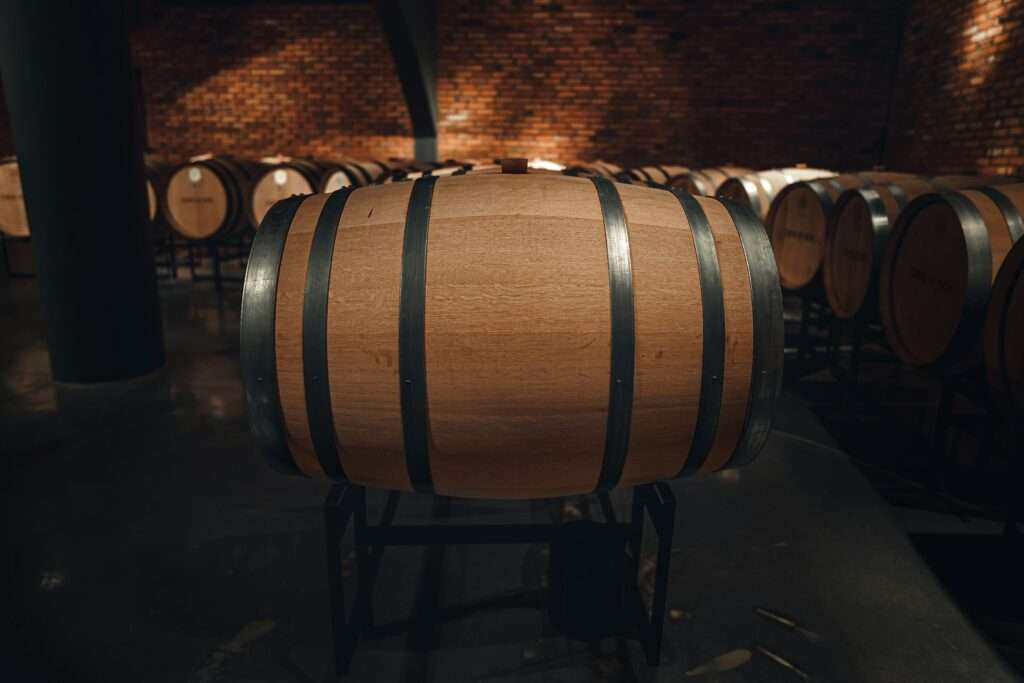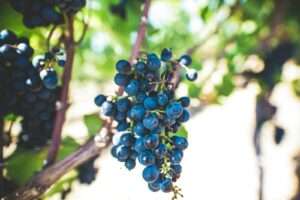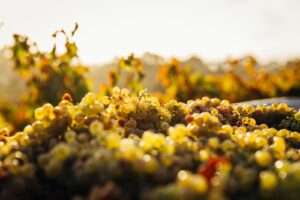Table of Contents
Tannins Unveiled: A Comprehensive Guide
Demystifying Tannins: A Crucial Element in Wine Appreciation
Understanding Tannins in a Nutshell

- Introduction:
- Tannins Unveiled in 60 Seconds:
- Quick Insights into Tannins
- Provide a swift overview of tannins, their natural occurrence, and their contribution to a wine’s texture, balance, and aging potential.
- Bullet Points:
- Natural presence in grape skins, stems, and seeds.
- Textural and structural role in wines.
- Comparisons with other tannin-containing sources.
The Science Behind Tannins: A Closer Look
- Defining Tannins:
- Unraveling the Polyphenolic Essence
- Dive into the chemistry of tannins, elucidating their polyphenolic nature and their function as a defense mechanism in plants.
- Bullet Points:
- Chemical compounds known as polyphenols.
- Defense mechanism in grape skins, seeds, and stems.
- Tannin Sensations:
- Beyond Taste—A Textural Experience
- Shift the focus from taste to texture, describing the unique puckering or drying sensation associated with tannins.
- Bullet Points:
- Textural aspects rather than specific flavors.
- Varied sensations from soft to aggressive.
Tannins Across Wine Varietals: A Spectrum of Intensity
- Intensity in Red Wines:
- Surprises in Red Wines:
- Nebbiolo’s Pale Power
- Challenge stereotypes by introducing Nebbiolo, a naturally tannic grape yielding pale-colored red wines.
- Bullet Points:
- Nebbiolo’s exception to color-tannin connection.
- Tannins in White and Rosé Wines: Breaking the Mold:
- White, Orange, and Rosé Revelations
- Dispel myths about tannins in white wines and introduce nuances in orange and darker-hued rosés.
- Bullet Points:
- Limited tannin extraction in white wines.
- Elevated tannins in orange and dark rosés.
Decanting Magic and Pairing Wisdom
- Decanting Dynamics:
- Pairing Tannic Wines: Culinary Harmony:
Identifying Tannins in Wine
- Observe the Color:
- Check the color of the wine, especially in red wines from grapes like Cabernet Sauvignon or Syrah. The intensity of color can provide insight into the tannin levels.
- Swirl and Observe the Legs:
- Gently swirl the wine in the glass and observe how it adheres to the sides. Wines with higher tannins will form slower, thicker, and more pronounced legs, indicating a greater tannin presence.
- Smell for Aromas:
- Take a moment to smell the wine and identify aromas associated with tannins. Leather, tobacco, cedar, or dried herbs can suggest a higher tannin level, which may become more prominent as the wine ages.
- Pay Attention to the Mouthfeel:
- Sip the wine and pay attention to the mouthfeel. Tannins create a drying and puckering sensation, particularly on the gums and tongue. A distinct dryness in your mouth is likely indicative of tannins.
- Evaluate the Finish:
- Consider the length and persistence of the wine’s finish. Wines with higher tannin levels typically have a longer and more lingering finish, contributing to the wine’s structure and allowing flavors to develop over time.
Links to other interesting articles:
73-powerful-team-building-activities
unlock-the-fun-with-18-virtual-team-building-activities
powerful-tips-for-crafting-a-company-culture
Links to other interesting articles:
19-amazing-virtual-team-building-activities
35-powerful-team-building-activities
5-minute-team-building-activities
more-than-50-powerful-team-building-activities
Find out more about our experiences.
You may also want to check out our gallery for past events.




















